December 30, 2025
AI isn’t turning robots into humans, it’s turning humans into robots.
 In all the conversations, debates and shouting matches about AI that continue to dominate the internet, there is much talk about the insidious danger of anthropomorphising AI. There is something chilling about the deliberate stumbles, inflections and hesitations that are put into AI communications, to try and convince people that they are talking to a sentient being. Explanations of AI deliberately use language such as ‘the model understands’ to make us believe that AI is developing a human level of learning, as that is more appealing than saying ‘the algorithm predictions are expanding’ (and neatly glosses over the increasing error rates and hallucinations). However, in amongst all the noise, I’m paying less attention to how AI is seemingly becoming more human, and more attention to how we are using AI to become robot-like. (more…)
In all the conversations, debates and shouting matches about AI that continue to dominate the internet, there is much talk about the insidious danger of anthropomorphising AI. There is something chilling about the deliberate stumbles, inflections and hesitations that are put into AI communications, to try and convince people that they are talking to a sentient being. Explanations of AI deliberately use language such as ‘the model understands’ to make us believe that AI is developing a human level of learning, as that is more appealing than saying ‘the algorithm predictions are expanding’ (and neatly glosses over the increasing error rates and hallucinations). However, in amongst all the noise, I’m paying less attention to how AI is seemingly becoming more human, and more attention to how we are using AI to become robot-like. (more…)






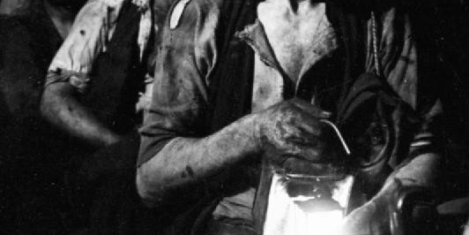
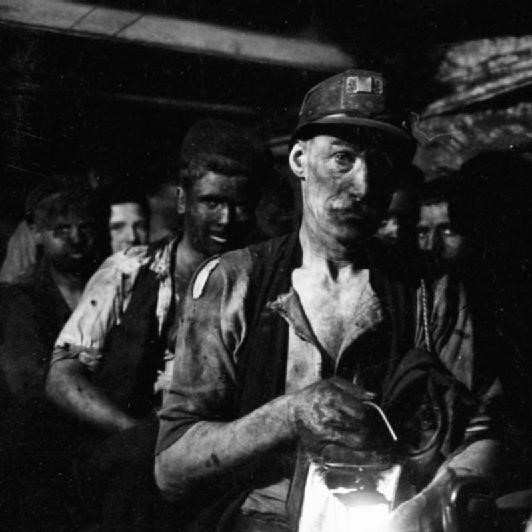



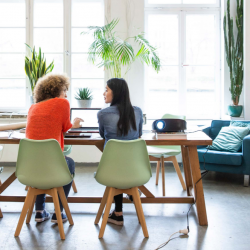
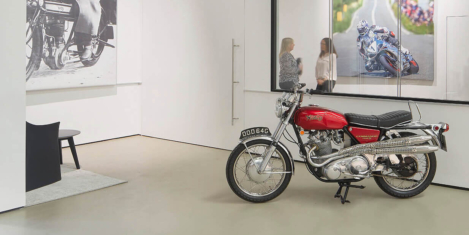




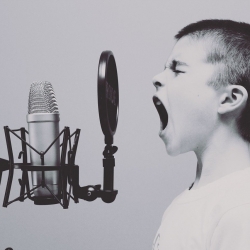
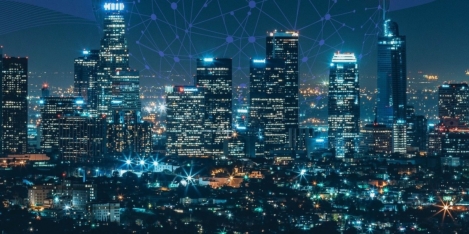
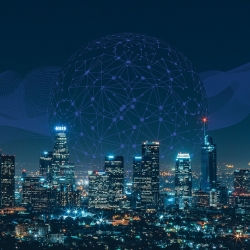
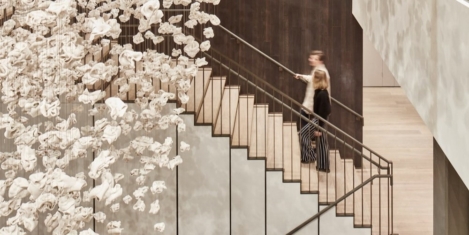
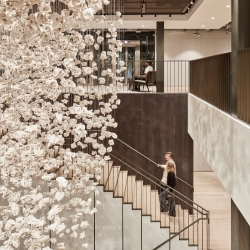
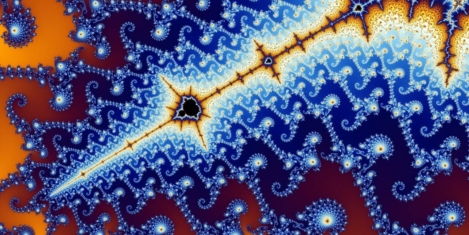
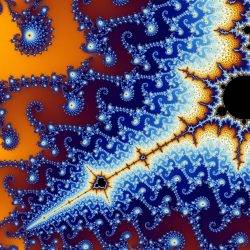
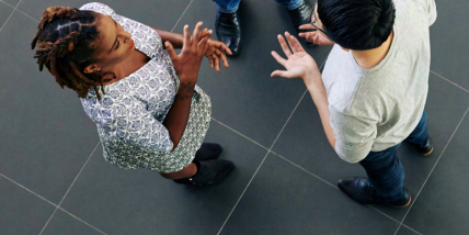
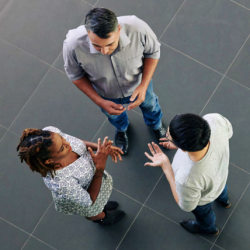









December 31, 2025
Networking skills should play a key role in workplace development
by Henry Strickland • Comment, Workplace